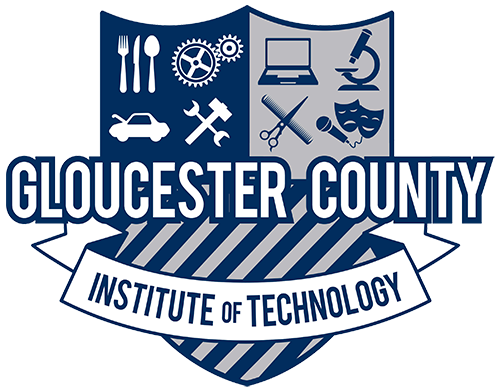Cloud computing has opened massive opportunities for business owners. According to the article Utilization of Big Data with Cloud Computing in Modern Business Environment: A Review (2022), cloud-based infrastructures allow organizations to transmit, process, and analyze large volumes of data without needing expensive, on-premises hardware. This means small and mid-sized companies can access the same powerful tools as global enterprises. I have seen this in action on several levels and depending on the department running the Cloud service it can go easy or horrible. But they do offer flexibility, remote access, and cost savings through models like SaaS and virtualization.
As we all know, benefits must come with some risks. The same article explains that content stored in the cloud is vulnerable to data breaches, unauthorized access, and integrity issues if security practices are not in place. Because cloud systems are often shared across multiple users or organizations, misconfigurations or lack of proper encryption can leave content exposed. In my own dealings as a hosting company for my clients. I have had one clients site get hacked from Russia over 10 times in one year. No other site was hacked, and I have the same protocols on her site as I do on the others. She is a freelance counsel. Why on earth would people care about that instead of the multimillion-dollar business on the same server. That said, as a cloud provider, I had to implement stronger access controls, monitoring systems, and layered protections to reduce these risks significantly.
Comparing the positives and negatives, I believe the benefits outweigh the risks, but only if businesses take cloud security seriously. Most companies are looking for cost effectiveness and cloud services are not cheap. For example, cloud systems improve productivity and business continuity, especially during disruptions like the COVID-19 pandemic, when remote work became essential. But businesses that don’t invest in data governance or compliance strategies may find themselves exposed to both legal and technical vulnerabilities.
Technology like the Internet of Things (IoT), 5G, and artificial intelligence (AI) are redefining how people work. In the article Internet of Things (IoT) by Mouha (2021), IoT is described as a system where devices communicate with each other and with users to automate and streamline processes. These technologies make everything from smart buildings to fully automated businesses. A clear example of this in communication comes from the article Top 5 Ways Communications Teams Are Using Generative AI (LexisNexis, 2024). Marketing and PR professionals now use AI to draft social media content, create presentation outlines, monitor media trends, and even analyze customer surveys. This not only speeds up the content cycle but also lets communicators focus on strategy and engagement, rather than repetitive tasks. As a marketer for my clients, when AI came around, I jumped on it to help lessen the load. I’ve seen this in my own work when using marketing to run an entire marketing funnel strictly run by AI. My monthly reports to my clients are AI driven, and I hated making them for all 50 clients. Now I do nothing. It cuts down hours of writing and allows me to focus on tailoring the final message to the audience.
The combination of AI, cloud platforms, and IoT devices is creating a more connected and intelligent workflow across industries. For example, one business site I own uses a Google sheet to track articles, a google script that AI helped me build to write the articles for different categories each day and upload them with a featured image. It’s still a work in progress, but it’s a fully AI driven online magazine or newspaper. (Jacob, 2024)
Cloud computing, supported by tools like IoT and AI, continues to change how we work and how businesses communicate with customers. While security concerns remain, the efficiency and accessibility the cloud provides can’t be ignored. Businesses that understand both the power and the responsibility of these tools will lead in the digital future.
References
LexisNexis. (2024, June 14). Top 5 ways communications teams are using generative AI. https://www.lexisnexis.com
Mouha, R. A. (2021). Internet of things (IoT). Journal of Data Analysis and Information Processing, 9(2), 77–101. https://doi.org/10.4236/jdaip.2021.92006
Ait Mouha, R. (2022). Utilization of big data with cloud computing in modern business environment: A review [Conference paper]. 2022 16th International Conference on Ubiquitous Information Management and Communication (IMCOM). IEEE. h ttps://doi.org/10.1109/IMCOM53663.2022.9721778
Blockchain Council. (n.d.). Blockchain basics and how it is helping the world [Video]. YouTube. https://www.youtube.com/watch?v=Wlsa5fOCJeE
Jacob, N. (2024, March 6). Ink and Wire Magazine – Ink & Wire. Ink & Wire – A hub of insightful, dynamic articles that blend creativity and professionalism. https://inkandwireinc.com/
